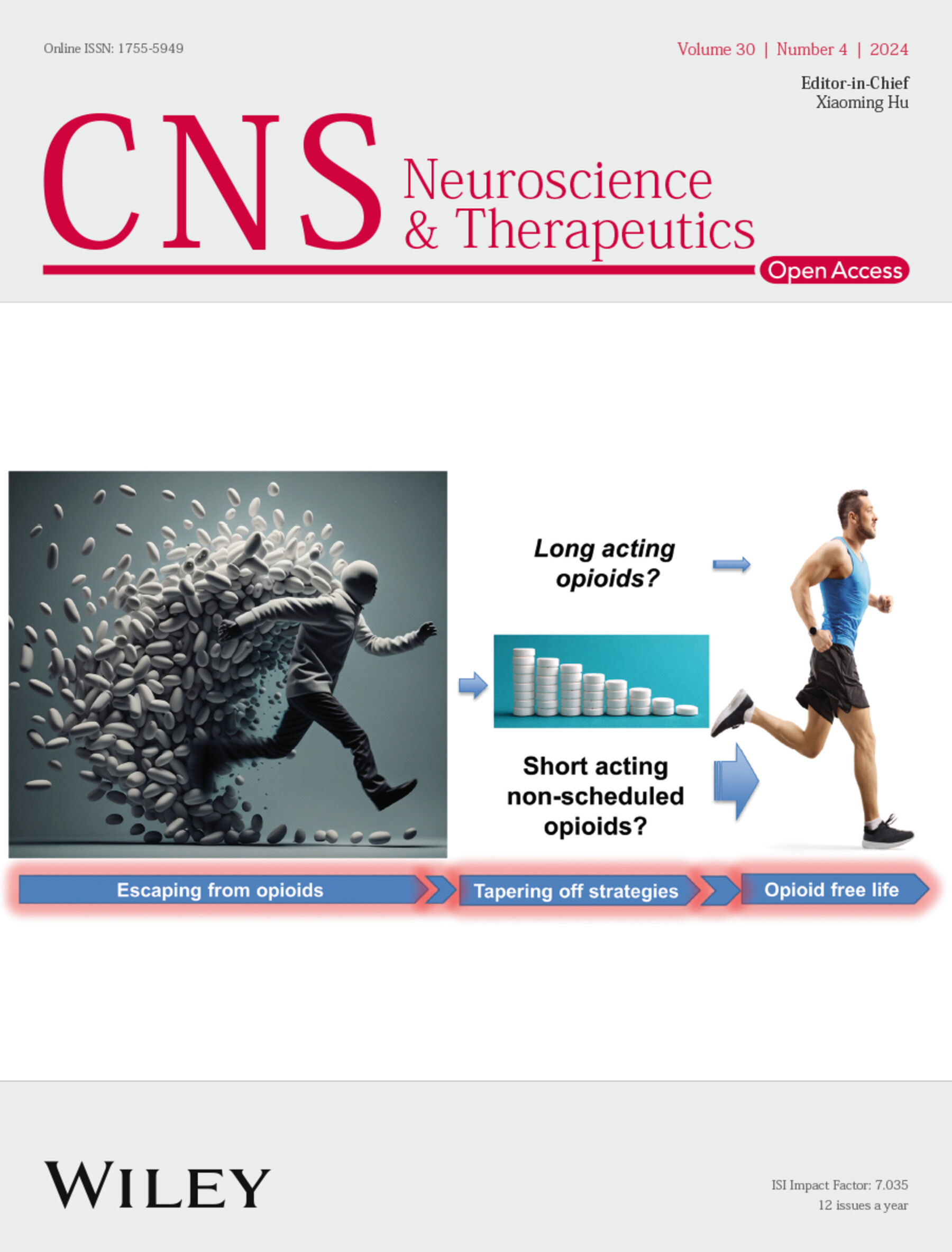Clinical Features of Glutamic Acid Decarboxylase-65 Neurological Autoimmunity: A Case Series From China
Abstract
Objective
To explore the clinical phenotypes, characteristics, immunotherapy response, and outcomes of glutamic acid decarboxylase-65 (GAD65) neurological autoimmunity.
Methods
We performed a retrospective review of patients diagnosed with GAD65 neurological autoimmunity in the Department of Neurology at Xuanwu Hospital over the past 6 years (2017–2023). The clinical and laboratory data, imaging, therapeutic response, and long-term prognosis of those patients were collected and analyzed.
Results
Among the 37 patients displaying significant neurological impairment, there were 14 males (37.8%) and 23 females (62.2%), with a median age of onset of 41.5 (25–59) years and a median interval of 9 (1.5–36) months from onset to a definitive diagnosis. Clinical phenotypes included epilepsy (15, 40.5%), limbic encephalitis (7, 18.9%), brainstem dysfunction (2, 5.4%), parkinsonism (2, 5.4%), peripheral neuropathy (3, 8.1%), cerebellar ataxia (1, 2.7%), and overlap syndromes (7, 18.9%). Out of 36 patients who received immunotherapy, the median time from onset to initiation of immunotherapy was 8.5 (1.5–37.5) months. Four cases were lost to follow-up, leaving a median follow-up period of 20.5 (16–37.25) months among the remaining 32 patients. Most patients (26, 81.3%) responded positively to immunotherapy, with some showing mild improvement or no response. Some patients showed inadequate responses to treatments such as mycophenolate mofetil (MMF), but significant improvement is observed after switching to rituximab (RTX). The relationship between the timing of initiating immunotherapy and prognosis by Spearman's rank correlation only showed weak correlation.
Conclusion
The clinical spectrum of GAD65 neurological autoimmunity appeared highly diverse. Immunotherapy can benefit the majority of patients, and early treatment appeared to be associated with good prognosis. RTX may be more effective than MMF; however, this requires more rigorous prospective studies to explore.


 求助内容:
求助内容: 应助结果提醒方式:
应助结果提醒方式:


